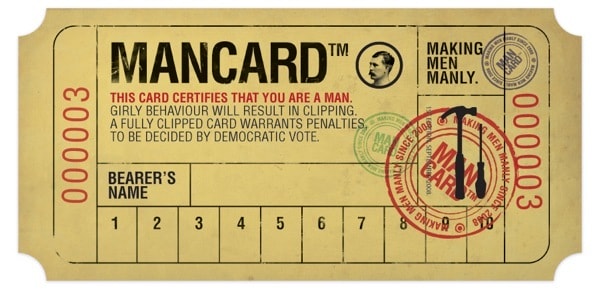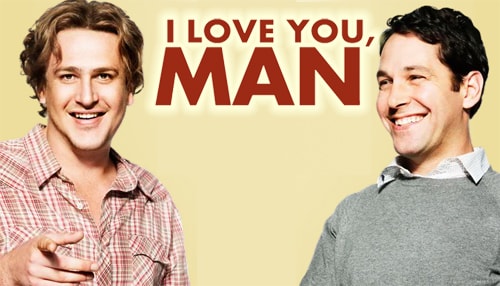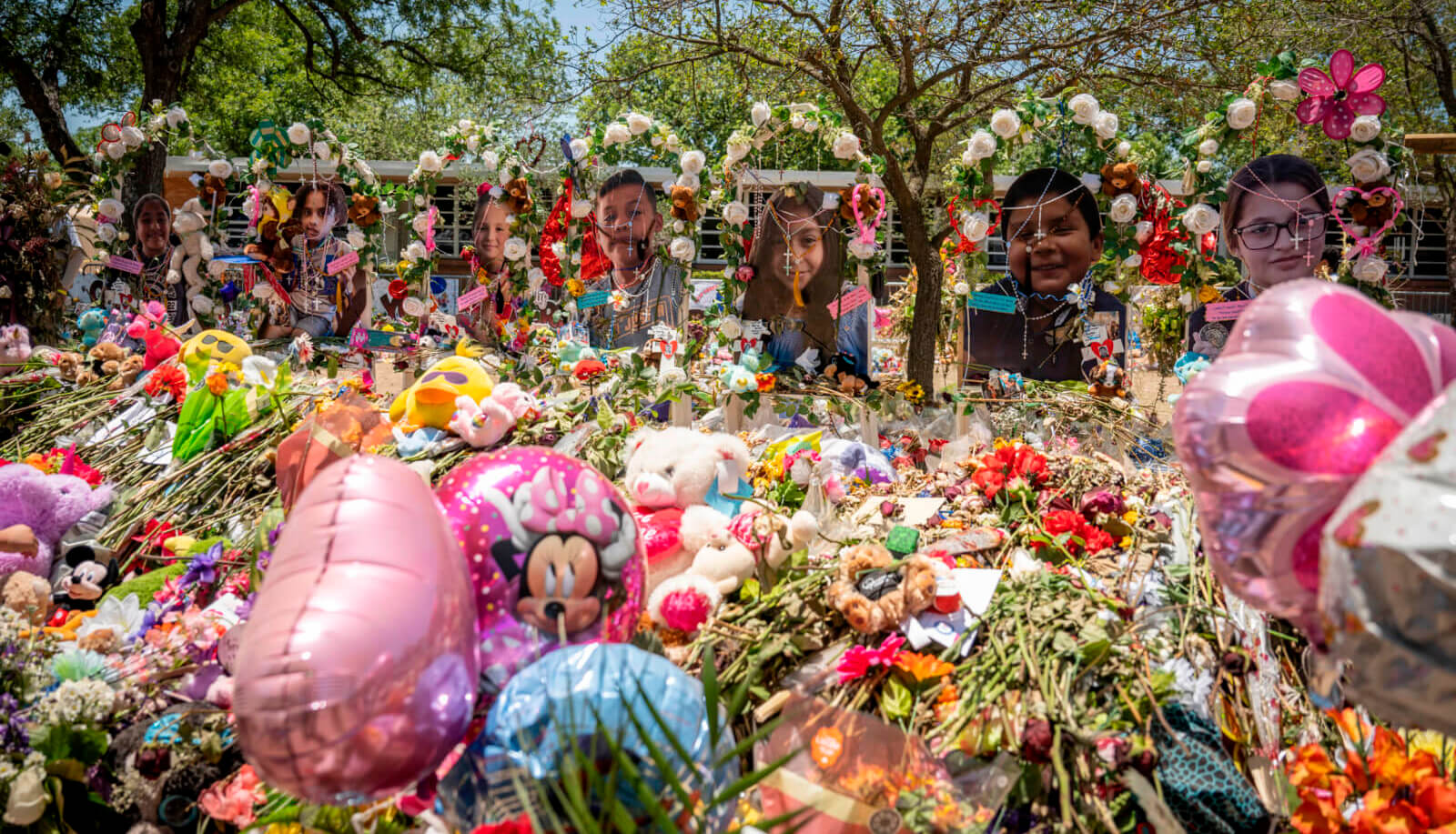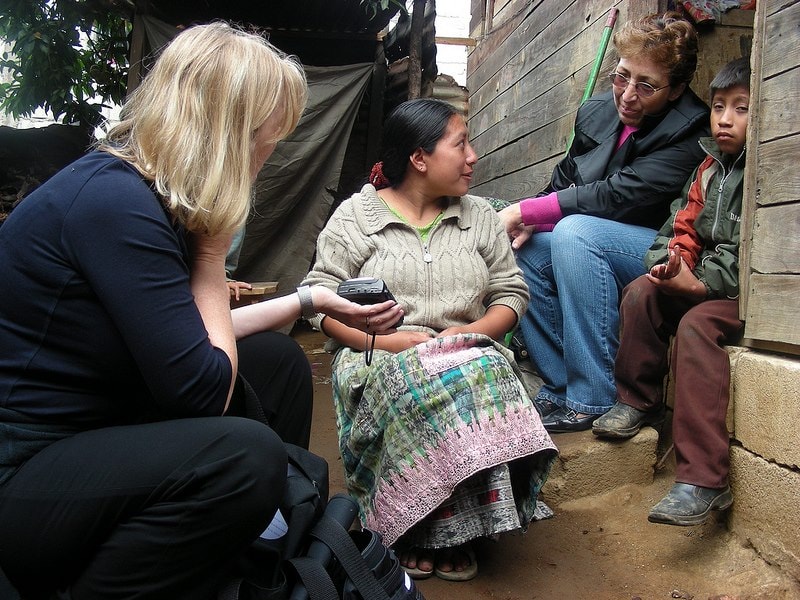Editor’s Note: Trigger warning – this piece contains sexual violence, gun violence.
In January 2015, Brock Turner raped an unconscious young woman behind a dumpster at Stanford University. In June 2016, Omar Mateen killed 49 people in a mass shooting at a gay nightclub in Orlando, Florida.
A few weeks ago, I saw a young father berate his five-year-old who was too scared to go on the Pirates of the Caribbean ride at Disneyland. The father told his son to “man up”, said that his cousin Lucy had ridden it, and asked, “Do you really want to be more scared than a little girl?” On the surface, this comment may seem like an innocuous incident compared to the acts of violence mentioned above, but all three stories are connected by one strong theme: the influence and effects of a narrow cultural definition of masculinity.
According to the Department of Justice, men are three times more likely to commit violent crime than women. The FBI found that in 2010, 66 percent of murders were known to be carried out by men while only seven percent were known to be carried out by women (for 26 percent the perpetrator’s gender remains unknown). America has a violent boy crisis on its hands, and it’s about time that it is discussed for what it is, outside of the ongoing and very necessary conversations about gun control, campus rape, and mental health reform.
America has a violent boy crisis on its hands.
Surprisingly, depictions of masculinity and femininity have stayed relatively consistent across time, to a point where people often mistake socially conditioned gendered behaviors for innate differences between sexes. The stereotypical divide shows men as strong, logical, and tough and women as weak, emotional, and nurturing. This generalization depicts gender as a binary, and although we now know that gender is a spectrum, this article will focus on the ways in which masculinity and femininity are depicted in conflict with each other.
Since patriarchal societies value the traditionally masculine qualities more highly, men are under more pressure to suppress how they otherwise might feel and uphold only those traits. Under this dichotomy, the worst thing a boy can be is “girly.”
Unfortunately, the label of the stoic, “tough guy” comes at a serious cost.
High school boys consciously avoid displays of physical and emotional pain in the interest of appearing “manly.” They mock and taunt boys who express hurt or worry for being “gay” or “girly.” Even in elementary school, young boys who are considered “tough” are more popular and have high social standing amongst their peers, indicating how early these norms are internalized.
Photo Credit: BroadBlogs
Under this learned paradigm, men must continually work to earn, prove, and maintain their masculinity. Psychologists Joseph Vandello and Jennifer Bosson describe this phenomenon as “precarious manhood,” and you can see it played out in every TV show or movie that references “Man Cards” being given or taken away. Masculinity is a lifelong game where boys need to keep advancing the behaviors that affirm their toughness while avoiding any situation that could call it into question.
Masculinity is a lifelong game where boys need to keep advancing the behaviors that affirm their toughness while avoiding any situation that could call it into question.
Boys are constantly receiving information about their scripts of behavior from personal role models and pop culture icons. Political scientist and gender specialist, Dr. Caroline Heldman explains:
The predominant male archetypes that we see in film and television and other forms of popular culture are the ‘strong and silent guy’ who is always in control and is not emotional, and then we have the superhero character and the hero character engaging in high levels of violence in order to maintain that control, in order to achieve whatever goal he has in front of him, and we also have the archetype of the thug, and this is predominantly men of color who are pigeonholed into much more violent roles, and then we have the “manchild” or the “mook”, which is the male who’s in perpetual adolescence- his body doesn’t typically have a lot of muscle, but he tends to project masculinity in other ways, through the degradation of women and engaging in high-risk activities. (The Mask You Live In)
Through these tropes, almost every major depiction of manliness is in some way tied to establishing and maintaining power, often through violence and aggression. If manhood is a game about navigating a board of power, anger is what moves the game piece forward.
Related articles: “PRIDE, MINORITY STATUS, AND MASS SHOOTINGS“
“TOGETHER TOWARDS A WORLD FREE FROM GENDER-BASED VIOLENCE”
Now, most boys in America grow up in this social context, but not all men commit acts of violence. The tipping point between masculine culture and actual violence is characterized by a sense of loss of the power that boys are taught to struggle to maintain over their entire lives.
The tipping point between masculine culture and actual violence is characterized by a sense of loss of the power that boys are taught to struggle to maintain over their entire lives.
Omar Mateen gunned down a crowd of people in a gay nightclub called Pulse in Orlando in one of the most violent hate crimes in recent history. Some reports say that he actually registered a profile on Grindr, a gay dating app, and had been seen around the club before. The question was raised about whether Mateen himself had expressed homosexuality before the shooting.
Similarly, studies show that many of the politicians and public figures who have been involved in scandals involving a same-sex partner tend to be the same people who most vehemently speak out against gay rights. For these men, association with the gay community would be perceived as a weakness because of its stereotypical contradiction to the ideals of manliness that they have internalized. In homophobic communities, homosexuality is often perceived to be linked to femininity, despite the fact that gender and sexuality spectrums operate independently of each other. Thus, men who are actively repressing homosexual urges are more motivated to put distance between themselves and the gay community. In order to do so and maintain social status, they must establish power over the gay community, through homophobia, violent rhetoric, or even violence itself.
In the case of Brock Turner, he was given a mere six-month sentence after being convicted of three felony charges of assault. Eyewitness accounts and physical evidence proved beyond a reasonable doubt that he raped a young woman, and the guilty verdict was virtually undeniable under California’s affirmative consent laws. Nonetheless, he will serve less time in jail than students will spend in a single school year.
According to RAINN, only six out of every 1,000 rape cases will result in jail time. While one explanation relies on victim-shaming and the devaluation of a woman’s words (assuming a female victim), there could be another force at play.
Often, the judges responsible for sentencing are male, and they were raised in the same culture of hypermasculinity as the perpetrator. Aaron Persky, the judge in the Turner case, has been criticized for affirming the privilege of young, white, male athletes through his ruling. The two share a similar background in the heavily masculine, status-driven world of college sports, and new studies report that almost half of male college athletes have engaged in “sexually coercive behavior.” Thus, Persky may have subconsciously recognized rape as a justified display of power within this paradigm, despite consciously understanding that it is morally wrong, thereby influencing his sentencing decision.
For a full mindmap containing additional related articles and photos, visit #masculinity
The hallmark example of masculine power and its ties to violence is the 2014 shooting at UC Santa Barbara by Elliot Rodger. In this case, the shooter opened fire on a street near a sorority, killing at least 6 people. Further investigations revealed that the shooter viewed his actions as revenge against attractive women for continually rejecting him. In a world where male power is in part defined as dominion over women, marked by sexual encounters, Rodger’s continued rejection represented a slow stripping away of this power. With anger and aggression as his only tools to cope with this perceived loss, he became violent, and the costs were unspeakably high.
Although at the time this story seemed like an isolated incident, the campus of UC Santa Barbara itself has seen another similar attack. In 2001, a student named David Attias killed 4 people with his car, and investigations found that he was similarly motivated by romantic disappointment.
Finally, in perhaps the most innocuous example of the link between a loss of male power and violence, I encourage you to read the comments section below any video about the all-female Ghostbusters remake. Sure, the commenters are adamant that their deep-seated hatred of the material is because the storyline looks subpar or because the remake is destined to ruin their childhood, but as long as people continue to flock to movies based on board games, those arguments don’t hold water. In Ghostbusters, men quite literally see themselves removed from the story, shunted to the kind of side roles that women traditionally play, such as Chris Hemsworth’s sexy secretary role.
The anger at losing this “leading man” status has caused an inflammatory response. If you’re sure that this is because the movie itself looks bad, go check out any video by a self-described feminist instead. The comments section will invariably include a host of men demanding that the woman be lit on fire, that she is too ugly to live, or that she deserves to be raped. Why? All because a woman had the audacity to admit that some men have power that women do not and to advocate for an equal playing field.
As long as we continue to teach men that “being a man” means repressing their emotions, being tough and strong, and being as far from “girly” as possible, men will continue to spend their lives struggling to prove their masculinity.
Threats to this masculinity may be as menial as a YouTube video, as severe as repressed homosexuality, or as deep-seated as a lifetime of rejection. In any case, as long as maintaining manhood means establishing power over girls, members of the LGBT community, and others, violence will be inevitable.
In any case, as long as maintaining manhood means establishing power over others, girls, members of the LGBT community, and others, violence will be inevitable.
The good news is that while these lessons are internalized over a lifetime, they can be unlearned much more quickly.
There is a vast number of resources available for the curious guy who wants to learn more about how to break the cycle. If you’re looking for some excellent and educational summer reading, pick up Jackson Katz’s book The Macho Paradox: Why Some Men Hurt Women and How All Men Can Help or Michael Kimmel’s book Guyland: The Perilous World Where Boys Become Men. If you’d rather stay in and watch Netflix, turn on The Mask You Live In, a feature-length documentary by The Representation Project charting the development of masculinity and its effects on young boys.
In even better news, there are a few protective factors that prevent boys from overly subscribing to the pressures and behaviors associated with masculinity in the first place.
Studies have shown that having open and accepting parents make young boys less likely to repress aspects of their identity, thereby interrupting the cycle that could lead to acts of violence. For example, a parent with an open-minded attitude towards homosexuality gives less incentive for a boy to suppress homosexual urges, thereby preventing that repression from manifesting in homophobia. Finally, the strongest protective factor is actually the simplest: a little bromance.
New studies show that male-to-male friendship can actually alleviate some of the pressures to perform masculinity and establish power relationships, which could otherwise lead to acts of violence. Now, the high-five, locker room type of friendship isn’t going to do much other than perpetuate hypermasculine norms. In order for these protective factors to kick in, friendships must rely on openness and emotional expressivity.
The term “bromance” is telling in and of itself. In order to be successful, these matches need to transcend the stereotypical male friendship and move towards emotional territory that men typically reserve for their romantic connections. They require a space where men can forego the norms they’ve internalized, feel safe displaying pain or vulnerability without being judged or accused of being less than manly, and feel a respite from the pressure to prove their masculinity. Occasionally, they might even require the drastic step of a pair of men admitting that they care about each other.
Photo Credit: FilmJunk
As a man in the world, you can choose to create that safe space by sharing your own story and opening up the lines of communication in a way that’s comfortable for everyone involved. Meanwhile, we’re seeing these kinds of real, vulnerable friendships seep into Hollywood and TV shows slowly, generating more momentum towards resetting norms of masculinity around sharing and emotional expressivity.
The power of these friendships is palpable; as men participate in more expressive friendships, they gain skills in emotional communication and gain social resources that help them respond to daily stresses. These men are less likely to feel pressured to prove their manliness at every turn, less likely to view anger as their sole acceptable emotional response, and thus less likely to commit violence.
 Photo Credit: BuzzFeed
Photo Credit: BuzzFeed
Isn’t that bromantic?
Recommended Reading: “THIS BOY CAN: BRANDS, GENDER, AND THE NEW MASCULINITY”
_ _
















